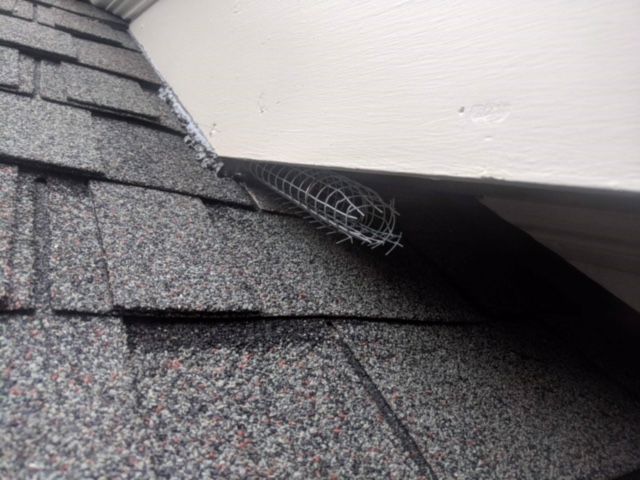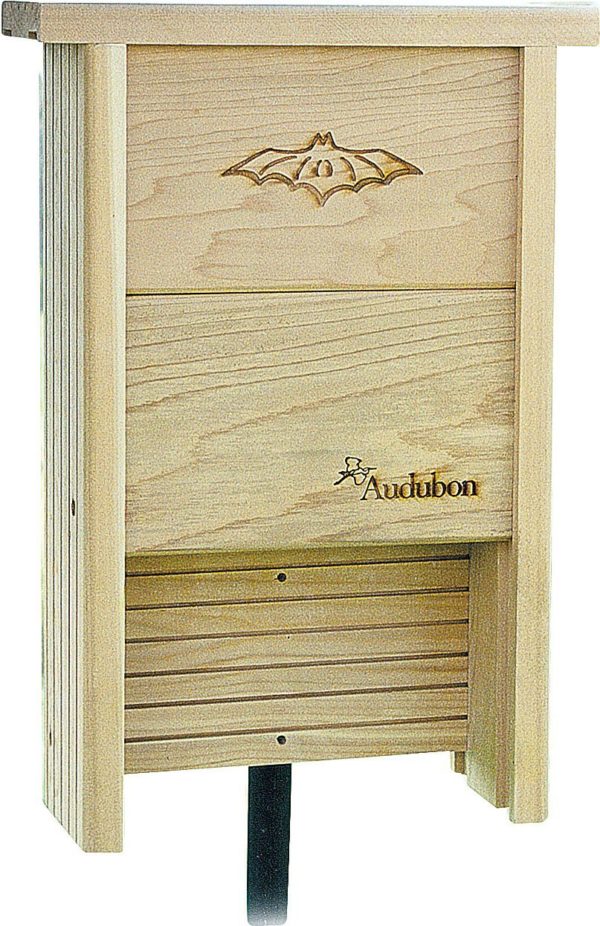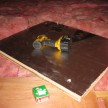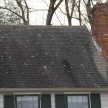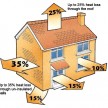How To Remove Bats From Your House
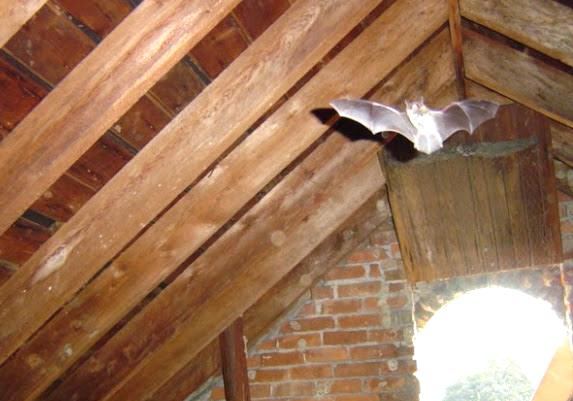
Source:wildliferemovalusa.com/
How To Remove Bats From Your Attic
Bats are an amazing creature; did you know that they eat their own body weight in insects per night. A single bat can eat 1,000 or more mosquito‐sized insects in one hour. Just because they are killer mosquito eaters does’nt mean you have to put up with them liing in your home.
Non-Lethal Approach to Remove Bats From Your House
A female bat produces only one to two babies, called pups, each year. Predators like hawks, owls, and even snakes, have thinned their numbers. As a result – evicting vs. eradication is the preferred method when dealing with bats in your home.
One important thing to consider is that killing bats doesn’t solve your problem, as other bats will eventually move in. The key to removing them permanently is to locate and prohibit their access to your house.
Don’t Evict Bats From July 1 Through August 15
Do not attempt to evict bats during the summer months of July to mid-August, when their pups are unable to fly.
Separating a mother bat from their pups, will result in the pups dying of starvation. Frantic mothers, searching for an opening to reach their pups, may enter your home and be more difficult to deal with than what you started with. Additionally, you’ll have that rancid “dead-animal” smell permeating your home for several weeks.
Do You Have A Bat Problem?
At sunset or just before sunrise, have one or more persons positioned diagonally on your house corners, to observe where the bats are exiting the building. Observers should be able to see the entire structure without turning their heads; bats can exit and take flight in a matter of seconds.
Common Home Entry Points
Bats can enter holes as small as 3/8”, so it’s important to continually monitor for damage on your home’s exterior. The moment an entryway is available, it’s only a matter of time before bats or other pests find their way inside.
Bats enjoy quiet areas, commonly high up and away from predators. One telltale sign for bats is to look for bat droppings [also called guano] at locations of entry / exit. Looking for guano, is an excellent starting point, and its best to look down, not up. Look on the ground or lower roof areas for these droppings. Guano found on the ground indicates bat activity from above.
Areas in which bats commonly find access to your home are:
- Corners
- Soffits / Fascia
- Rake boards terminating at rooflines
- Eaves
- Louvers
- Loose siding
- Chimney
- Ridge caps
- Under flashing and drip flashing
- Dark , well-shaded voids
One-Way Exclusion Device “Bat Cone”
After all openings have been discovered, you will need to seal all cavities on the house, and install a one‐way exit, at these locations. This means going around the entire house and closing up other possible, future entry points as well.

1/4″ landscape fabric covers gap
Sealing Bat Entry Points
When researching how to remove bats from your house you will quickly learn that you will need to seal ALL possible locations, and that it may take a season or two to get it all.
Sealing cavities can involve a combination of materials. I find that the most effective is steel wool or ¼” square landscape fabric and expanding foam. The one-way exits, often called a “bat cone,” will allow bats to leave, but will not allow them to re‐enter.
A one-way cone can be made with different materials, screening or netting. Shape the cone so that it covers the opening entirely and extends at least a foot, or more, below it. Use foam, tape, or staples to attach the edges to the house.
The goal to allow the bats to easily crawl out, but NOT back up the opening. Curving the cone exit opening, downward, makes bat re-entry more difficult.
Once in place you will want to leave the cone in place for a week or two, before removing and sealing the cavity permanently.
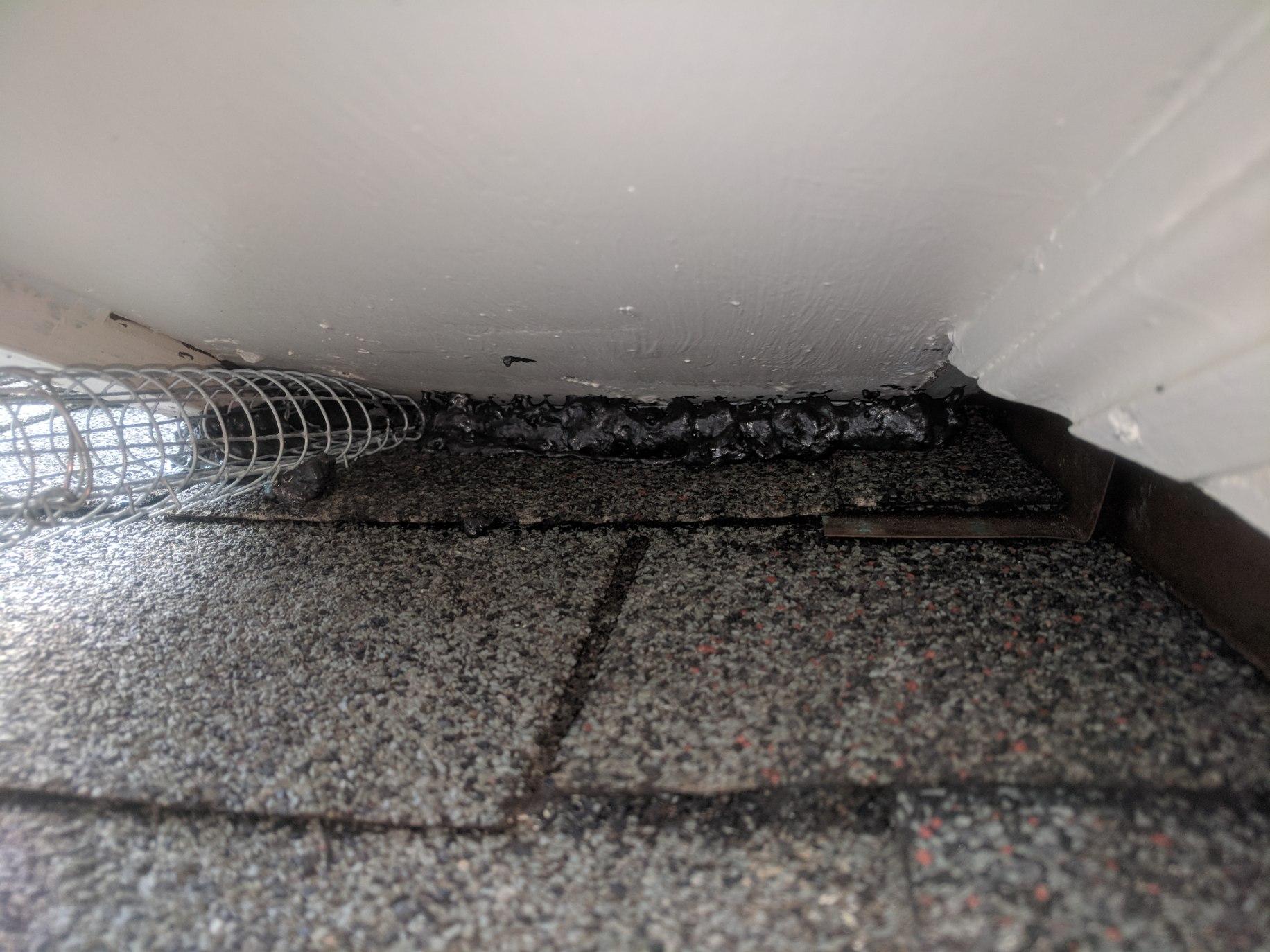
1/4″ landscape fabric covered and sealed with foam
Bats enter your home by seeking out existing openings. They are NOT rodents and will NOT chew their way into your house, even if you close off their entrance opening.
If your NOT handy, or unsure then you need to call a pest control company to do this work for you. In my area I rely on Concord Carlisle Pest Control to do this work.
A Note On Cleaning Guano In Enclosed Spaces
Guano can contain a disease known as histoplasmosis, a respiratory disease caused by a fungus that can grow on accumulations of bird and bat guano. The danger is that this disease can become airborne if disturbed during the cleaning process. The fungus is not necessarily present in every situation; however, it is best to approach any clean‐up with some safety measures. Symptoms of histoplasmosis usually appear within 3 to 17 days after exposure, and may resemble a cold or chronic cough.
Installing Bat Houses
Your evicted bats will be looking for a new home. Remember that they are crucial at controlling mosquitos and insects, so providing them with alternative, viable housing may be advantageous to your neighborhood.
You can purchase a bat house online, in stores, or easily create one on your own with simple, cheap materials. These are usually made of wood and provide enough space for several bats to roost while keeping out light and allowing for drainage of their urine and guano. Bats prefer their houses high up on a tree, or side of a barn. Purchase your bat house here
Woodlink-Audubon-Shelter-Model-NABAT for $33.00





